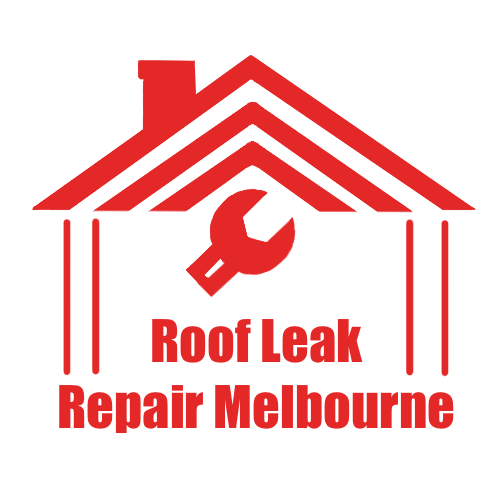A skillion roof is defined by its single, sloping surface, distinguishing it from traditional dual-pitched roofs. This architectural design incorporates a steep pitch, facilitating efficient water drainage. Commonly crafted from modern materials, such roofs exemplify minimalism while allowing abundant natural light through large windows. There are various types and structures, each possessing unique characteristics. Understanding its advantages and disadvantages can reveal its suitability for specific applications in contemporary architecture.
Highlights
- A skillion roof features a single sloping surface, differing from traditional dual-pitched roofs.
- It enhances water drainage efficiency and minimizes pooling due to its steep pitch.
- Common materials for construction include metal, concrete, and polycarbonate for durability.
- Skillion roofs support modern design aesthetics, allowing larger windows and skylights.
- They are ideal for contemporary homes, extensions, and outdoor structures, providing versatility in design.
Definition and Characteristics of Skillion Roofs
A skillion roof, also known as a lean-to roof, is defined by its distinctive single sloping surface that sets it apart from conventional dual-pitched roofs.
Characterized by a steep pitch, it facilitates efficient water drainage and minimizes water pooling, making it a practical choice. Typically featuring modern materials, such as metal or rubber, the design reduces the need for extensive waterproofing.
This approach not only enhances structural integrity but also supports a bold, minimalist design aesthetic.
Additionally, the skillion roof allows for larger windows and skylights, maximizing natural light and ventilation, thereby enriching the architectural design of contemporary structures.
Types and Designs of Skillion Roofs
Skillion roofs can be categorized into various types and designs, each serving distinct functional and aesthetic purposes. The standard skillion exhibits a single flat surface that facilitates efficient water runoff while achieving a modern aesthetic.
In contrast, the butterfly roof features two sloping panels meeting at a central point, optimizing solar panel installation and rainwater harvesting. An oval-shaped skillion roof offers a unique curved profile, enhancing wind resistance at a higher cost.
The split skillion roof merges gabled and skillion elements, while multiple skillion roof sections provide versatility and cost-effectiveness, allowing for diverse architectural expressions characterized by clean lines and visual interest.
Materials Used for Skillion Roofs
The choice of materials for skillion roofs is essential in determining their functionality and aesthetic appeal. Durable materials greatly influence performance, particularly in varying local climates.
Common materials include:
- Steel: Mal adaptable in finishes and colors, offering a modern look.
- Concrete and terracotta tiles: Fire-resistant and weather-resistant, ideal for rustic designs.
- Polycarbonate: Allows natural light while ensuring weather resistance for brighter interiors.
- Asphalt shingles: Versatile in color and design, accommodating various angles.
In selecting materials, factors such as maintenance requirements and budget constraints must also be considered to guarantee longevity and efficacy.
Advantages and Disadvantages of Skillion Roof Designs
Choosing appropriate materials for a skillion roof can greatly influence its overall design and functionality, leading to a variety of advantages and disadvantages in the final construction.
| Advantages | Disadvantages |
|---|---|
| Efficient water drainage | Limited attic space |
| Optimum for solar panel installations | Susceptible to wind damage |
| Modern design enhances aesthetic appeal | Less traditional look |
| Cost-effective construction | Potential for higher repairs |
| Minimal material use | May not suit all architectural styles |
While skillion roofs offer significant benefits, their limitations must also be addressed in specific contexts.
Best Uses for Skillion Roofing
While many roofing styles may offer varying levels of functionality and aesthetics, skillion roofing stands out as particularly advantageous in modern architectural design.
Its unique properties make it suitable for various applications, including:
- New homes, enhancing the modern aesthetic
- House extensions, leveraging a straightforward construction method
- Outdoor structures, maximizing light and improving drainage
- Sheds and outbuildings, promoting durability and weather resistance
The customizable design of a skillion roof adapts seamlessly to different residential projects, ensuring practicality while enhancing the overall look of a property.
Its effectiveness in managing water flow further underscores its value in contemporary construction.
Frequently Asked Questions
What Is the Purpose of a Skillion Roof?
The skillion roof offers significant benefits, including efficient rainwater drainage, enhanced design aesthetics, reduced construction materials, improved energy efficiency, and lower maintenance requirements. It aligns with various architectural styles while addressing cost considerations and insulation options.
What Are the Disadvantages of a Skillion Roof?
The disadvantages of a skillion roof include cost implications, inadequate wind resistance, insulation challenges, and aesthetic limitations. Additionally, drainage issues, construction complexity, increased maintenance requirements, noise concerns, and reduced design flexibility affect energy efficiency adversely.
What Is the Difference Between a Skillion Roof and a Flat Roof?
The skillion roof design offers distinct benefits, such as superior drainage, enhanced ventilation, and aesthetic appeal. In contrast, flat roofs typically compromise on drainage efficiency, insulation effectiveness, and overall architectural versatility, influencing their long-term performance.
What Is Another Name for a Skillion Roof?
Another name for a skillion roof, often referred to as a shed roof or lean-to, highlights its functional design, efficient drainage, structural aesthetics, versatile materials, and applications in modern architecture, showcasing historical evolution and maintenance considerations.
